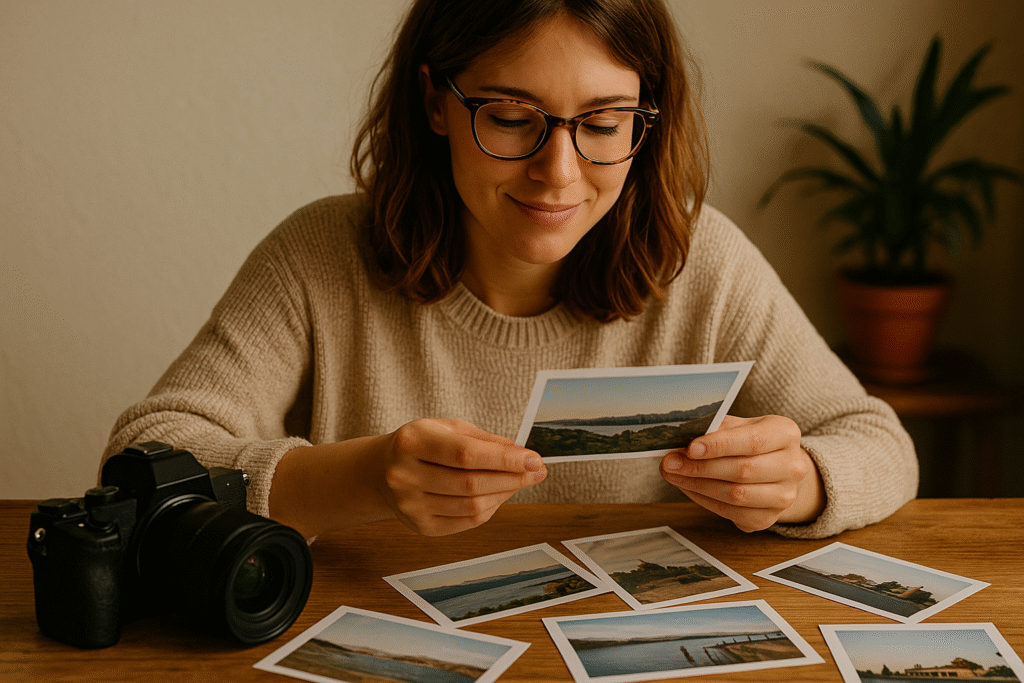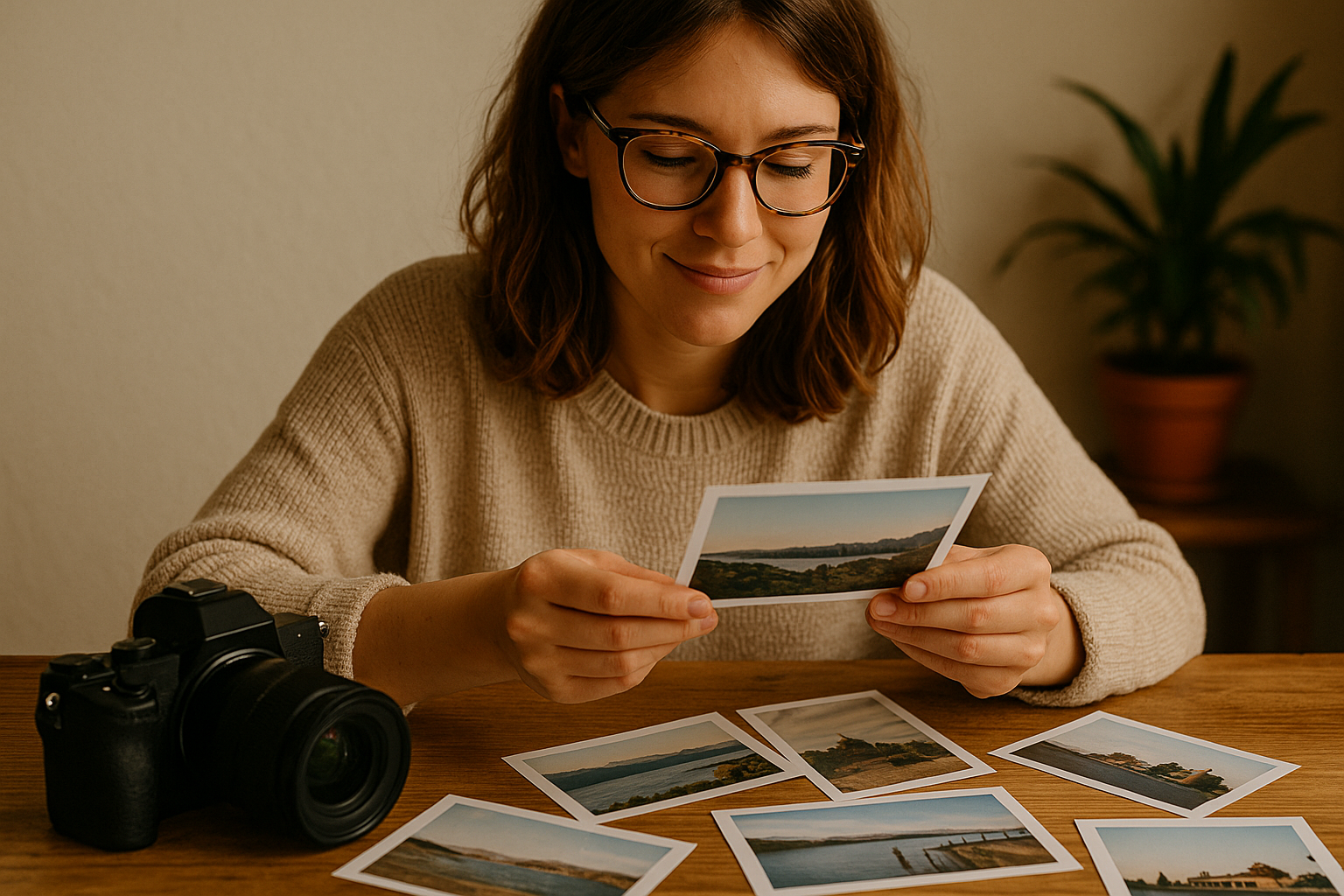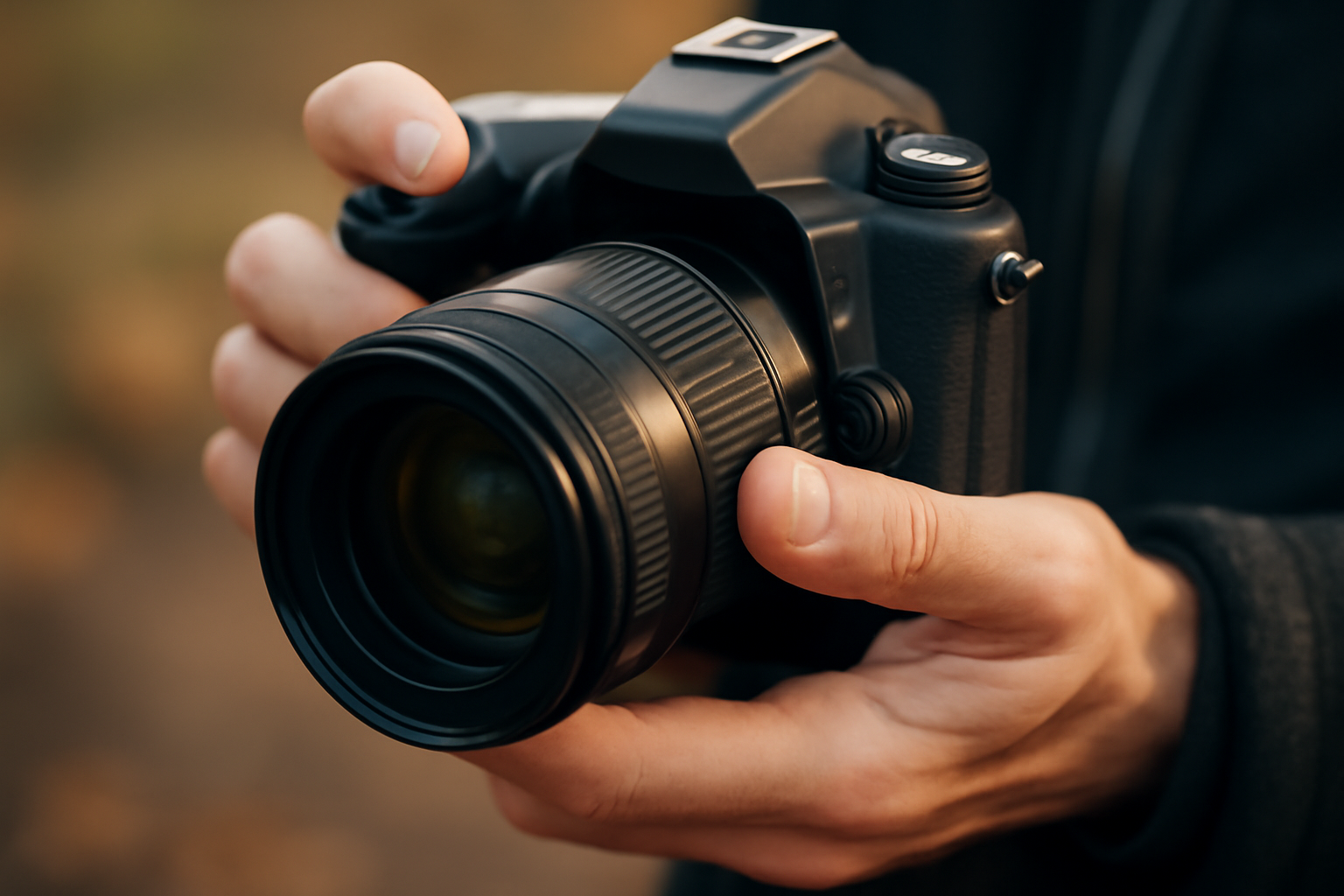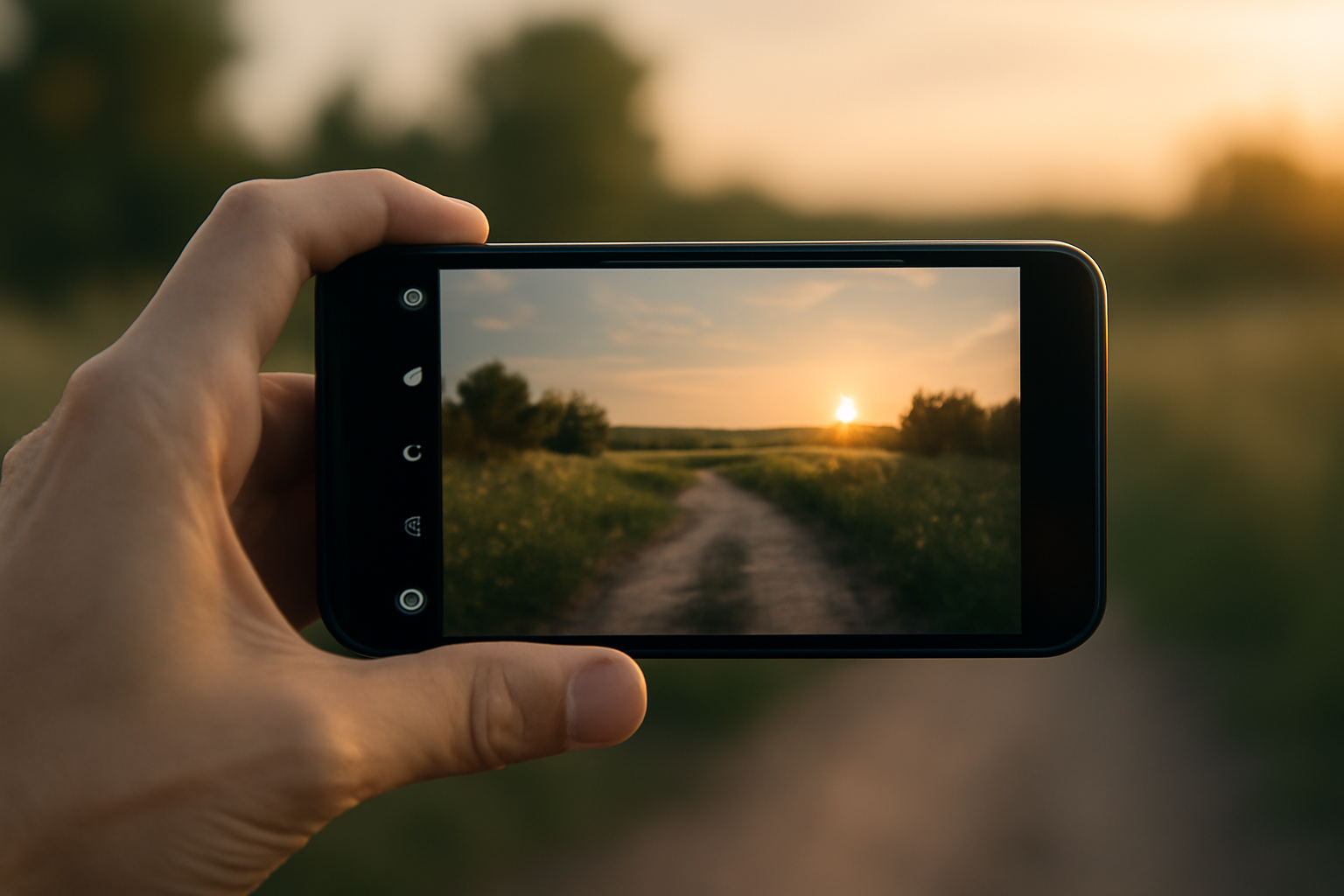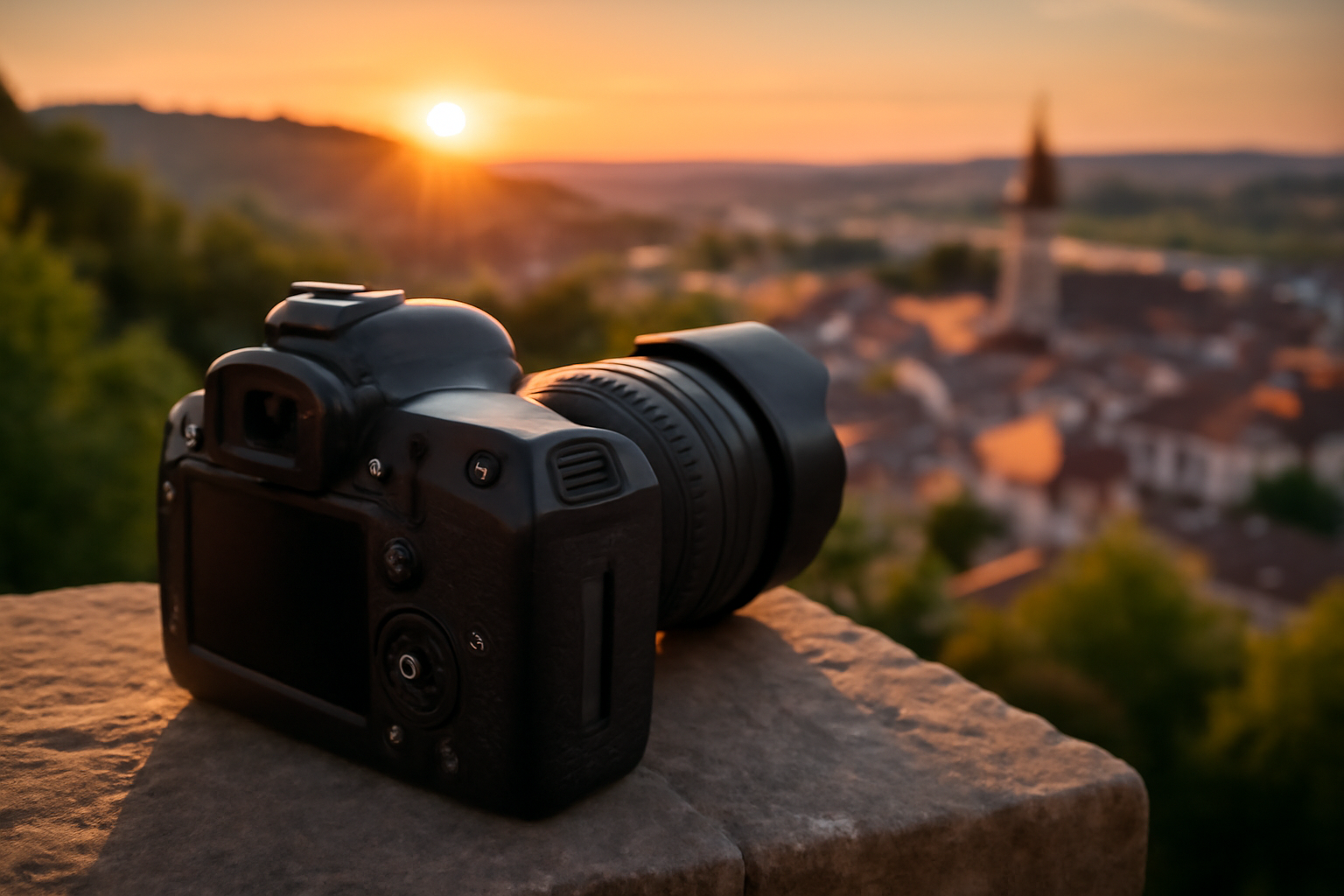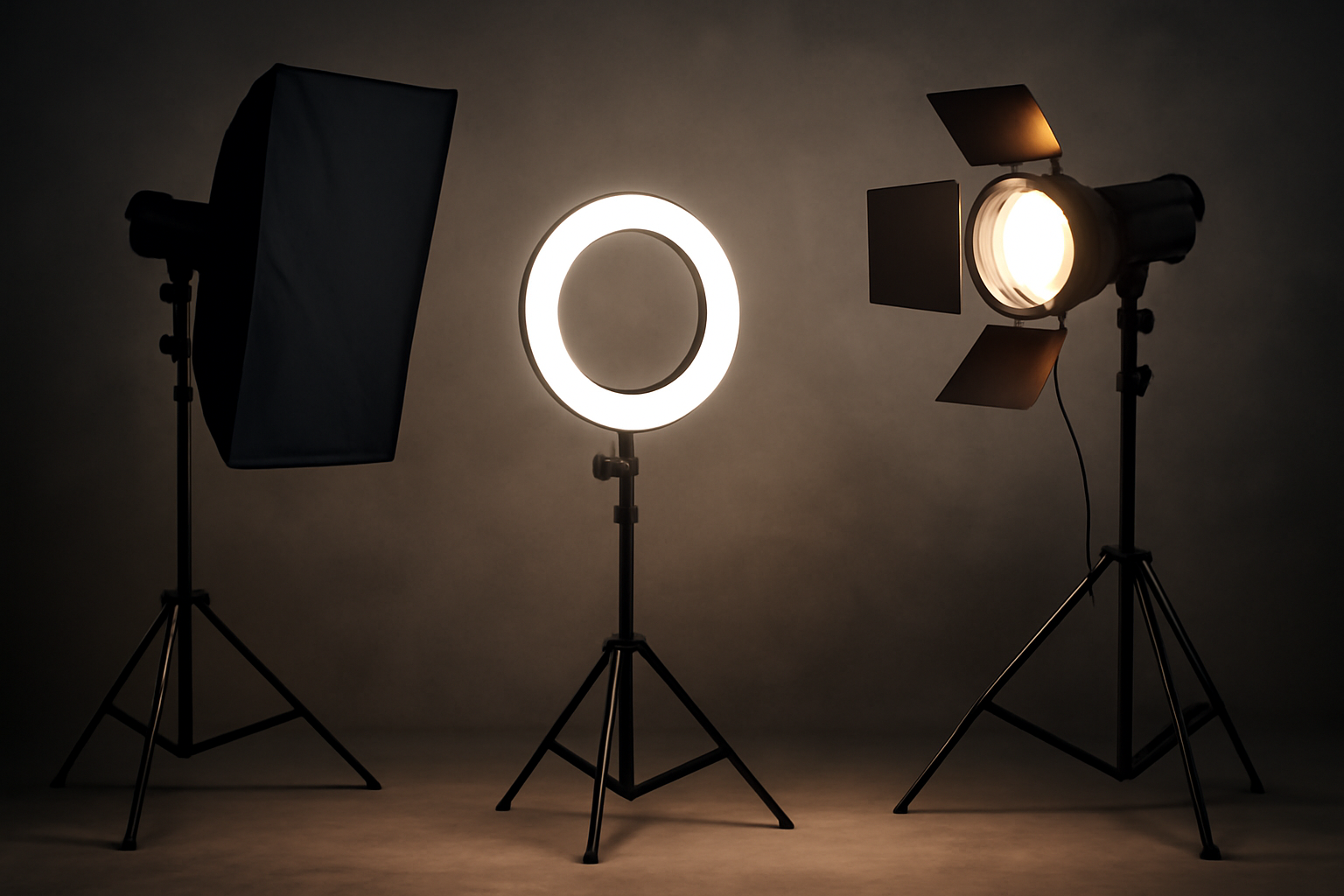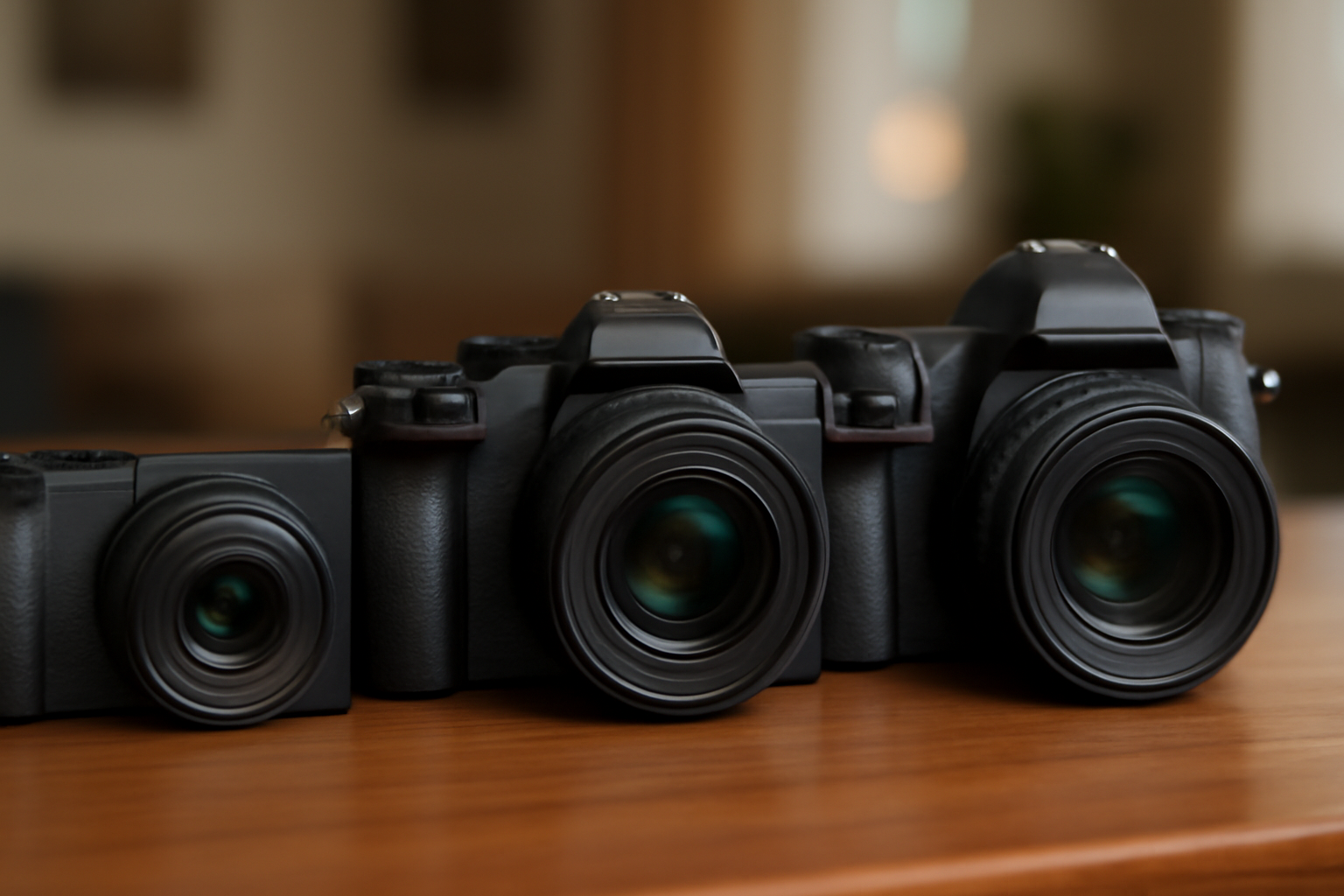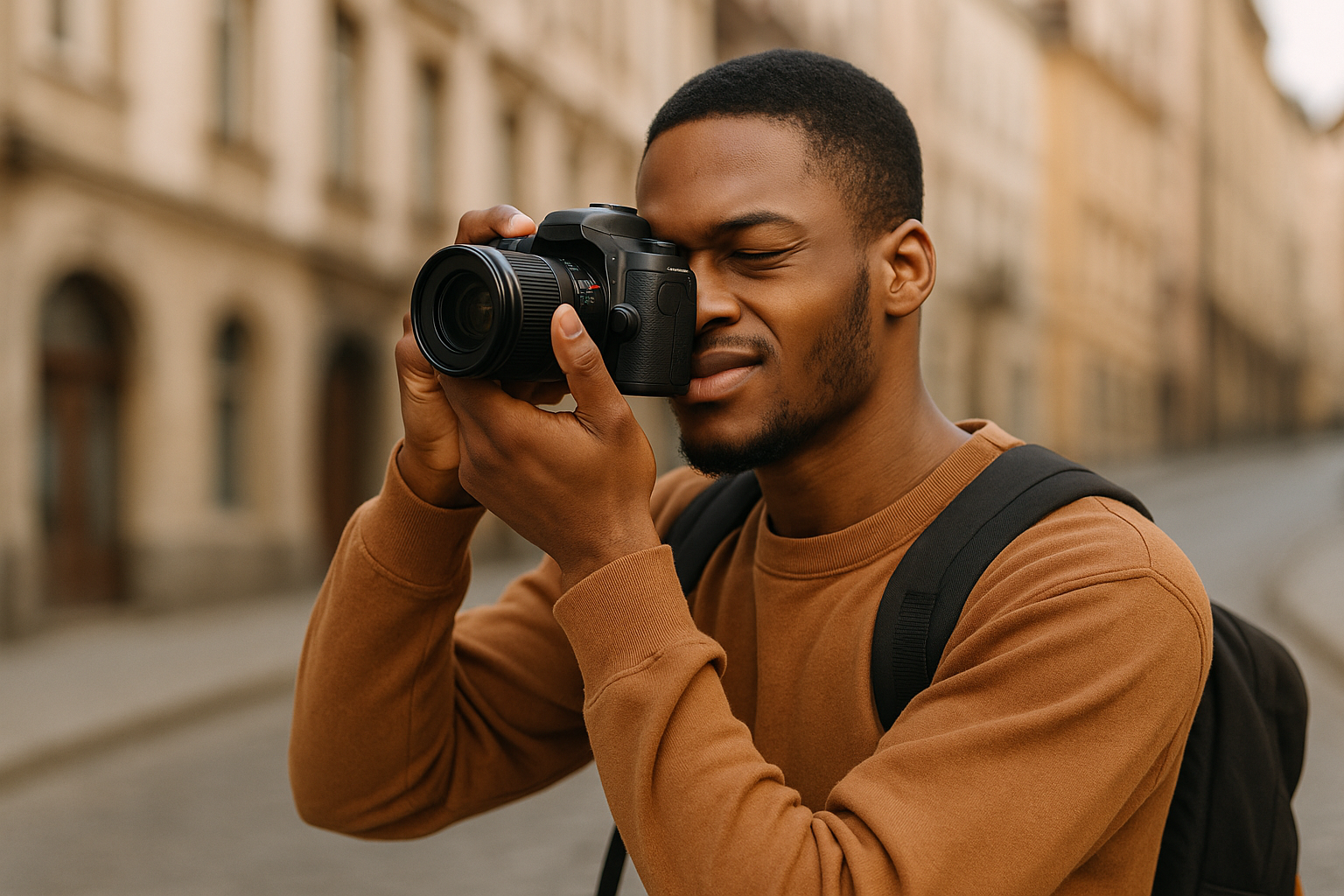In a world of constant content creation, taking time to focus on personal photography projects isn’t just refreshing—it’s essential. These self-driven projects allow photographers to reconnect with their vision, explore meaningful themes, and develop a distinctive style. Whether you’re wandering through unfamiliar cities or documenting your own neighborhood, creating a personal photography project can reignite your passion and push your creativity.
Unlike client work or social media content, personal projects are deeply yours. They’re driven by curiosity, emotion, and questions only you can ask. And they can be as big as a documentary series across countries, or as intimate as capturing quiet corners of your apartment.
Here’s a comprehensive guide to help you create personal photography projects that are fulfilling, original, and impactful.
Start With What Moves You
Every strong personal project begins with a spark—something you’re genuinely curious or passionate about. Don’t start with what’s trendy; start with what tugs at your attention.
What themes keep showing up in your work? What stories do you feel need to be told? What emotions or places stir something in you? These questions are the foundation.
Examples:
- A street photographer in Lisbon might document the changing character of old neighborhoods.
- A travel photographer in Southeast Asia could explore the morning rituals of different cultures.
- An introvert may focus on moments of solitude in crowded cities.
Your project should feel personal, even if it’s not about you. The deeper the connection, the more authentic the result.
Define a Clear Focus or Theme
Once you’ve found a spark, give it structure. A good project has boundaries—it’s not just “photos from my trip” but “portraits of strangers who shared their stories in cafés across Europe.”
Define your project’s:
- Subject: What or who are you photographing?
- Style: Candid? Formal? Black and white? Experimental?
- Location: One city? A whole country? Specific types of places?
- Duration: One week? One year? Until you finish a specific number of photos?
Having a framework helps you stay consistent and makes it easier to edit and present the work later.
Be sure your theme is flexible enough to evolve, but structured enough to guide you forward.
Keep It Manageable (At First)
It’s tempting to go big, but many great projects start small. A personal project doesn’t need to be grand—it needs to be finished.
Begin with something achievable:
- 10 portraits of market vendors in your neighborhood.
- 30 days of self-portraits.
- One photo a day during a month-long trip.
Completion builds momentum. Once you finish a small project, you’ll have the confidence (and insight) to take on more ambitious ones.
Smaller projects also allow for quicker feedback and opportunities to revise your creative direction.
Use Limitations to Fuel Creativity
Limitations often spark creativity. Constrain your tools, time, or subject matter to force inventive thinking.
Try limiting yourself to:
- One lens (e.g., only a 35mm or phone camera).
- A single color theme.
- Only shooting early mornings or after dusk.
- Specific formats—only vertical, only black and white.
These constraints help you focus and find meaning within boundaries. They also train your eye to notice subtleties you might normally miss.
Limitations often turn into unique signatures. Embrace them as part of your voice.
Let the Story Evolve Organically
While structure helps, leave room for discovery. Often, personal projects shift as you go. You might start photographing architecture but realize you’re drawn to how people interact with space.
Be open. Follow your curiosity. Let the story tell you what it wants to be. Sometimes, the real heart of your project emerges halfway through.
Journal your process. Write about what you’re seeing, feeling, questioning. These reflections can help you refine your direction and deepen the project.
Organic growth often leads to more honest, layered narratives—don’t be afraid of evolution.
Photograph With Intention
When working on a personal project, slow down. Be deliberate. Every frame should have a reason for being.
Ask yourself: What am I trying to say with this photo? How does it connect to the rest of the series? What emotion or idea am I trying to evoke?
This doesn’t mean every shot has to be perfect. But it should be intentional—taken with thought, not habit.
Being mindful of intention reduces visual noise and strengthens the story you’re telling.
Build a Consistent Aesthetic
A personal project gains power when the images feel like they belong together. This can come from consistent:
- Color palette or tone
- Composition style
- Subject matter or framing
- Editing process
You don’t need to lock yourself into one style, but aim for cohesion. Think of your project as a visual storybook—each image should feel like a chapter in the same story.
Review your photos as a group. Lay them out side by side. Look for what feels out of place or disconnected. Cohesion creates impact.
Even when your subjects vary, your visual language can tie everything together.
Make Time and Commit
Personal projects thrive with consistency. Set aside regular time—daily, weekly, or monthly—to work on it.
Treat it like a job, even if it’s just for you. If you’re traveling, plan your project time into your itinerary. If you’re working from home, make it part of your weekly creative routine.
Commitment doesn’t mean pressure—it means prioritizing what matters to you.
A personal calendar or visual tracker can help you stay motivated and track your progress.
Share the Process (or Keep It Private)
Some photographers find motivation by sharing their progress—on blogs, Instagram, or newsletters. It builds accountability and invites others into the journey.
Others prefer to keep their work private until it’s finished, so it can grow without external noise.
Choose what works for you. But remember: the process is part of the story. Even your doubts and pivots are valuable.
If you do share, don’t just post results—share insights, behind-the-scenes, and lessons learned.
Edit Ruthlessly
Once you’ve collected your images, the next step is editing—not just technically, but curating.
Don’t include every photo. Choose only those that serve the theme and feel emotionally or visually powerful. Kill your darlings if they don’t belong.
Look for rhythm, pacing, variety. A strong project has a beginning, middle, and end. Even if it’s abstract, there should be a flow.
You’re not building a gallery—you’re shaping a story.
Use test prints, online proofing tools, or even simple slideshows to refine your narrative before finalizing the project.
Present It With Purpose
How you share your project matters. Will it live as a photo essay on your website? A printed zine? An exhibition? A digital story?
Think about your audience. Think about how the format supports the narrative. A quiet, moody series might be best printed. A travel-based story might shine online with captions and maps.
Add context if needed. Include a short artist statement or intro paragraph. Share the “why” behind the images—it helps people connect.
Consider also pairing your images with audio, interviews, or journal entries to expand the experience.
Don’t be afraid to self-publish or pitch to small magazines—there are many platforms eager to showcase personal storytelling.
Reflect and Learn
When your project is complete, take time to reflect:
- What did you learn about photography?
- What did you learn about yourself?
- What surprised you?
- What do you want to try next?
Every personal project teaches something. Even if the final result isn’t what you expected, the process is growth.
Celebrate your effort. You created something from nothing. That’s powerful.
Reflection builds self-awareness and helps you grow not only as an artist—but as a storyteller.
Start Again
The beauty of personal projects is that they never really end. One idea leads to another. One finished series opens a door to the next.
Keep a running list of ideas. Let inspiration come from books, conversations, travels, or even your own dreams.
Photography is a lifelong journey. Personal projects are your compass.
And remember: your next project doesn’t have to be bigger—it just has to be more honest.
Conclusion: Create From the Heart
Personal photography projects are not about impressing others—they’re about expressing yourself. They’re a way to explore the world and your place within it. A way to ask questions, observe beauty, tell truths.
Whether you’re documenting street life in a new country or photographing your own daily rituals, the project becomes a mirror. It shows you who you are as an artist—and as a human.
So take the leap. Pick up your camera. Start your project. And create something that only you can create.
And when it’s done, take pride in knowing you didn’t just take photos—you made something meaningful. That’s what personal projects are all about.
